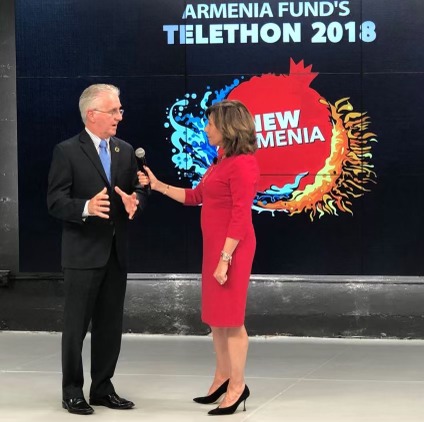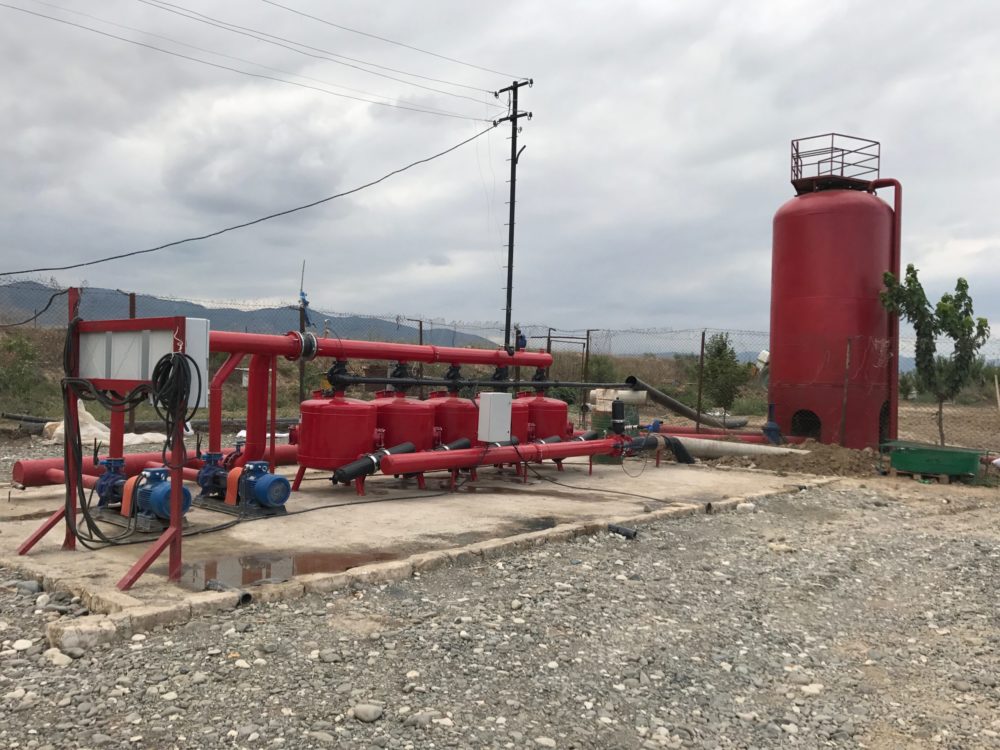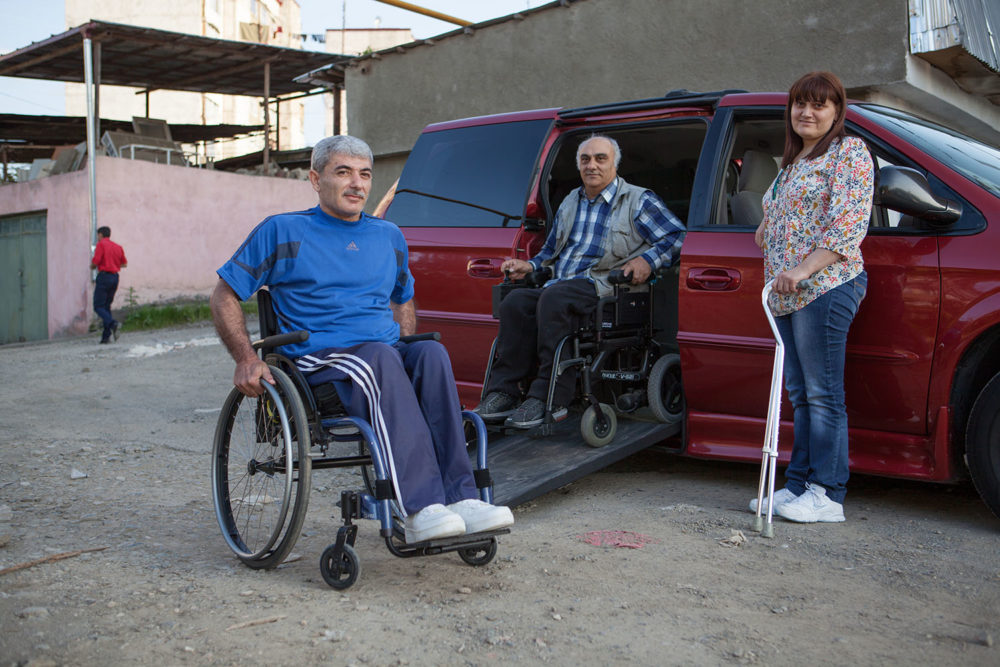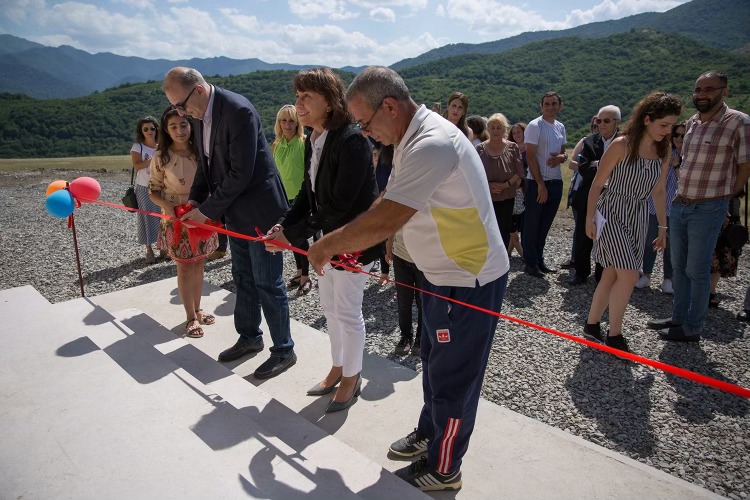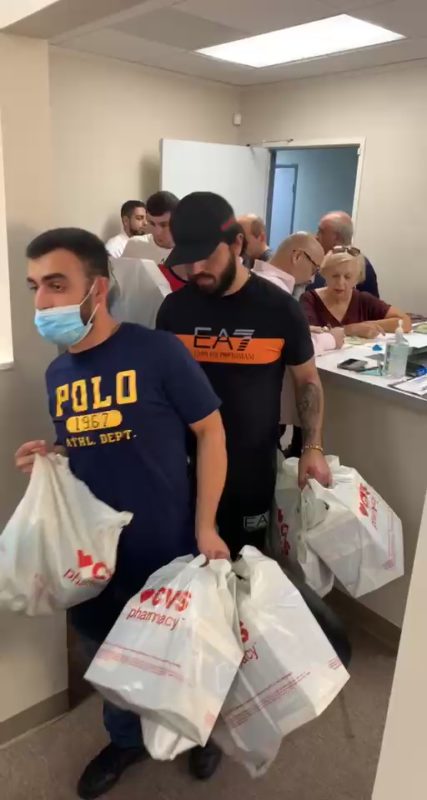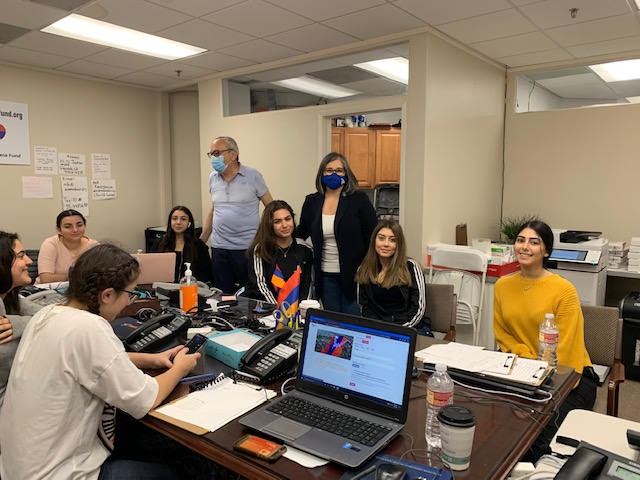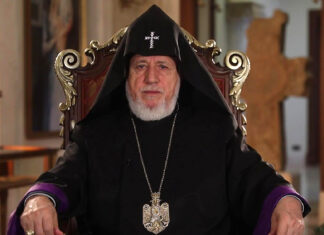GLENDALE — The Artsakh war of 2020 may have had disastrous results, but it also led to unprecedented fundraising in the Armenian diaspora. Armenia Fund, a nonprofit nongovernmental pan-Armenian humanitarian organization in the United States, set new records during the war. After the war, questions began to be raised about the allocation of those funds. Maria Mehranian, chair of the board of directors of the Armenian Fund, Inc. from 2016, and in 2004-2008, provided information about the current situation and its context.
Armenia Fund: Background
The Armenia Fund was created over a quarter of a century ago in 1994, in the aftermath of the collapse of the Soviet Union, as a result of the Armenian Earthquake of 1988, Armenian independence, and the ensuing liberation war in Artsakh. It provides humanitarian aid and develops infrastructure for Armenia and Artsakh, including schools, hospitals, clean drinking and irrigation water systems, and highways.
Mehranian said, “Parallel organizations were born in the diaspora through the efforts of many concerned individuals. Armenia Fund Inc. was created originally in the United States to bring immediate relief to Armenia and Artsakh. It is a 501c3 registered with the state of California, and all its tax returns and financial information are placed on the website of the Secretary of State of California.” Its headquarters are in Glendale and it originally only worked in the West Coast. The East Coast of the US had its own board and separate structure from 1993 to 2018, but after the dissolution of the latter, the East Coast also came under the jurisdiction of the Armenia Fund.
The Armenia Fund is run by a board of 13 individuals, of whom 10 who are representatives of various Armenian-American churches or organizations. These include the Armenian Assembly of America, Armenian Catholic Eparchy of the US and Canada, Armenian Cultural Foundation, Armenian Evangelical Union of North America, Armenian General Benevolent Union, Nor Or Charitable Association, Armenian Relief Society of Western USA, Nor Serount Cultural Association, Western Diocese of the Armenian Apostolic Church of America, Western Prelacy of the Armenian Apostolic Church of North America. Mehranian said: “So our board members are the representatives of the stakeholders of our community. We have meetings quarterly, or more when needed, and most decisions are taken at these meetings.”
Mehranian, like the treasurer and secretary, is not on the board as a representative of any particular community organization but says she feels she is there on behalf of the Armenia Fund itself. She has always been involved in Armenian issues in her life, she said. Her maternal grandfather was the famous Yeprem Khan (Davtian), an Armenian freedom fighter who played an important role in the Iranian Constitutional Revolution. After graduating Damavand College in Tehran, she went to graduate school at the University of California, Los Angeles, to study urban planning. She eventually became the Managing Partner and Chief Financial Officer of Cordoba Corporation, which is a civil engineering, construction management and program management firm specializing in transportation, education and facilities, and water and energy. It is headquartered in Los Angeles.




